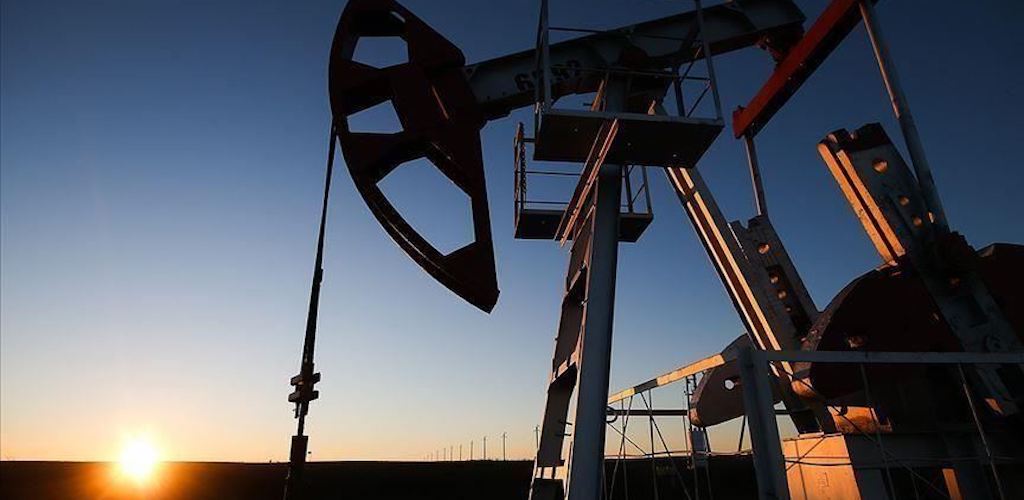Apr 02 | 2021
(Global) Breakbulk Demand to Evolve

A rebalancing of global oil markets in the aftermath of the Covid-19 pandemic is set to create a “new normal,” with long-term impacts for breakbulk activity, according to the latest research by the International Energy Agency.
The findings, published in the International Energy Agency’s Oil 2021 report, suggest that rapid changes in behavior coupled with government support for decarbonization is forcing hard decisions on oil-producing countries and companies.
“The Covid-induced demand shock and a shifting momentum towards investment in clean energy are set to slow the expansion of the world’s oil production capacity over our six-year forecast period. At the same time, the historic collapse in demand in 2020 resulted in a record 9 million barrels per day spare production capacity cushion that would be enough to keep global markets comfortable at least for the next several years,” said Fatih Birol, IEA Executive Director.
Upstream Scaled Back
The greatest impact for breakbulk demand is likely to be felt in the upstream sector where sharp decreases in spending will see many projects scaled back. The massive slump in oil consumption brough on by changing travel patterns in the pandemic led oil demand to fall nearly 9 million barrels per day in 2020 compared to the level seen in 2019.
“It is hardly surprising that upstream investments and expansion plans have been scaled back. In 2020, operators spent one-third less than planned at the start of the year (and 30 percent less than in 2019). In 2021, total upstream investment is expected to rise only marginally,” the IEA stated.
Salih Yilmaz, oil analyst for Bloomberg Intelligence, is even more restrained in outlook, noting “Our 2021 oil demand scenario analysis remains more cautious vs. counterparts at IEA, etc. Sluggish vaccine rollouts and continued travel restrictions are likely to weigh on pace of demand recovery through this year.”
Middle East Growth
Despite the short-term influence of the pandemic in suppressing demand, global oil consumption is nonetheless expected to rise in the longer-term, with the IEA projecting that it will reach 104.1 million barrels per day by 2026.
“Producers from the Middle East are expected to provide half of the increase, largely from existing shut-in capacity. If Iran remains under sanctions, keeping the world oil market in balance may require Saudi Arabia, Iraq, the UAE and Kuwait – with their surplus capacity – to pump at or near record highs,” the IEA report’s authors note.
In contrast to the growth forecast for the Middle East, U.S. oil and gas development is expected to shrink considerably, a striking change from recent years, where the U.S. has dominated world supply growth. The IEA forecast suggests that the U.S. tight oil industry will instead be characterized by spending discipline, free cash flow generation, deleveraging and cash returns for investors.
“There might not be an imminent third shale boom, but there are some early recovery indicators – will be interesting to see how much output re-emerges. U.S. producers slashed production targets from shale assets and reduced the number of rigs amid downturn,” Yilmaz adds.
Refinery Closures
While the outlook for investment in upstream remains weak over the medium-term there may be some growth in breakbulk demand in the downstream sector as refinery closures drive the need for relocation of assets.
“While the upstream sector could see its capacity cushion deflate, the refining sector is struggling with excess capacity. The Covid-19 demand shock, large scale expansions and expectations of a long‑term structural decline in demand are creating an overhang that can only be eradicated through massive closures,” the IEA said.
The IEA notes that a third wave of worldwide refinery rationalization is underway, with global shutdowns of 3.6 million barrels per day already announced and at least 6 million barrels per day required to ensure utilization rates return to above 80 percent.
OPEC+ to increase Output
A meeting by OPEC+ members this week also added pressure for oil prices with the announcement that the alliance decided to gradually curb production cuts from May. The group of producing nations is curbing production by just over 7 million barrels per day, but plans to add an additional 350,000 barrels per day from May, with another 350,000 coming online in June.
“The announcement of more supply returning to the market is understandably puncturing some of the pre-meeting upward excitement in oil benchmarks … The bottom line is that the oil market is getting another nearly 2 million barrels per day over the next three months. The decision to hike output, although linked to expectations for a rise in oil demand during the summer, likely came as a result of some producers feeling that the relation of who produces and how much was becoming a bit… unbalanced,” said Louise Dickson, oil markets analyst at Rystad Energy.
Subscribe to BreakbulkONE and receive more industry stories and updates around impact of COVID-19.
